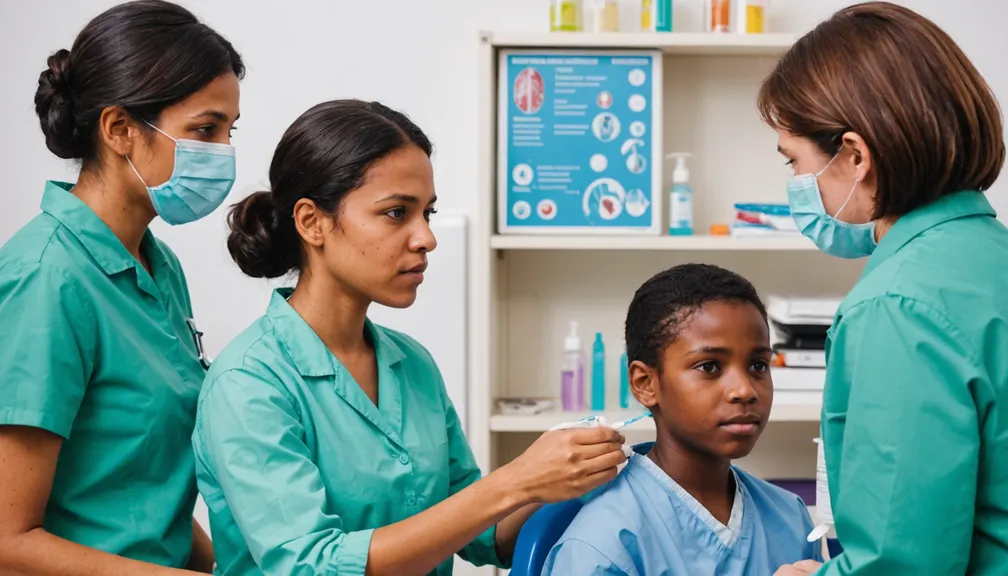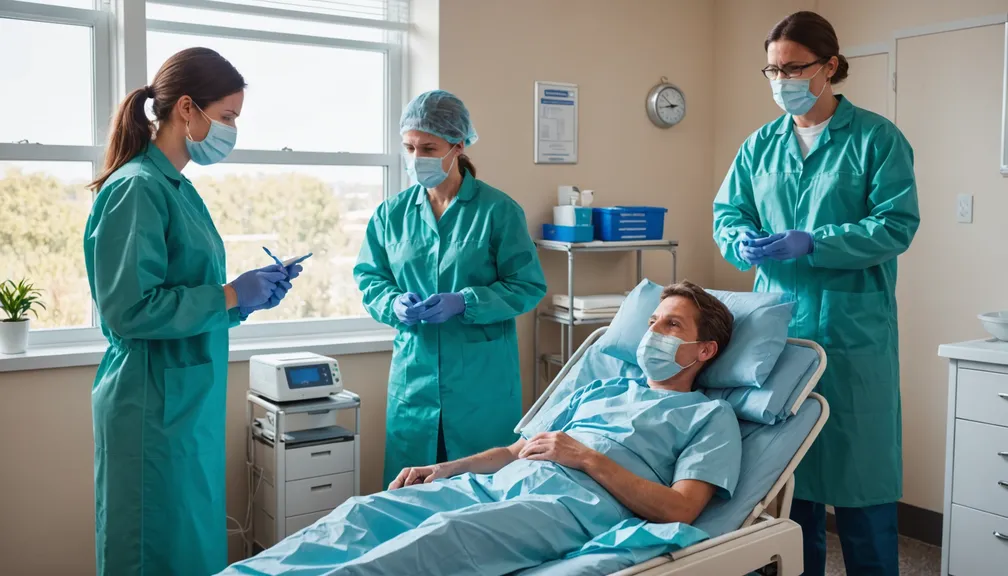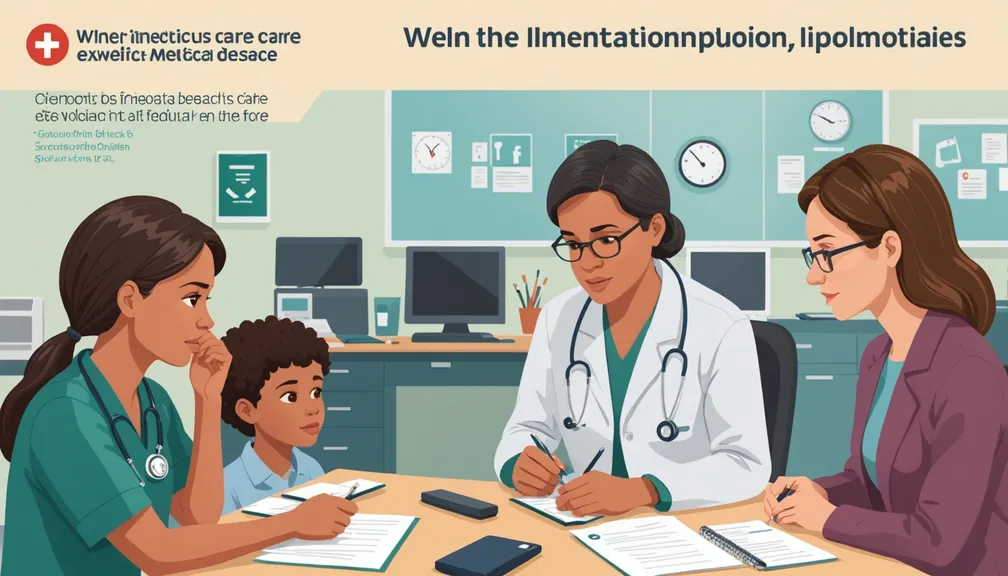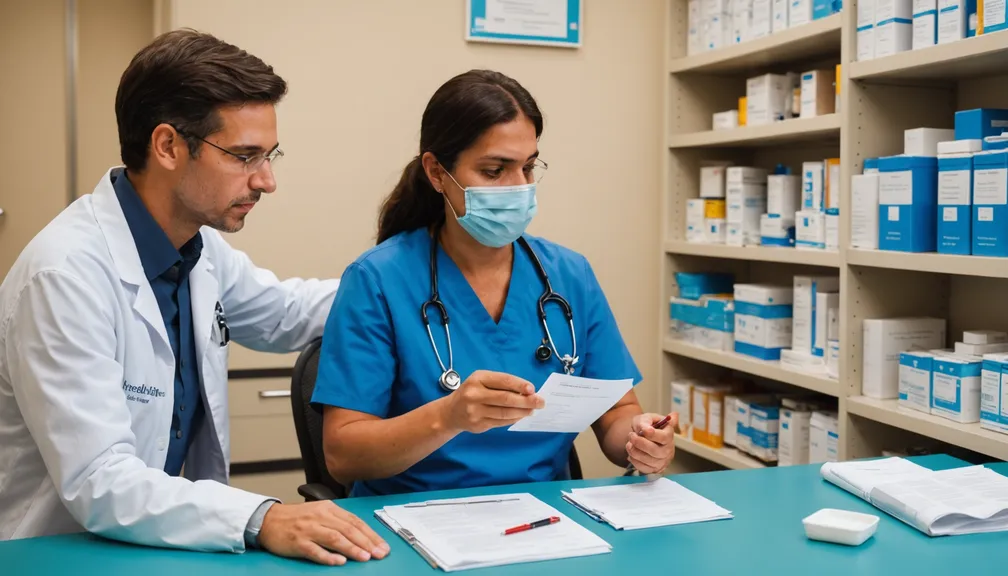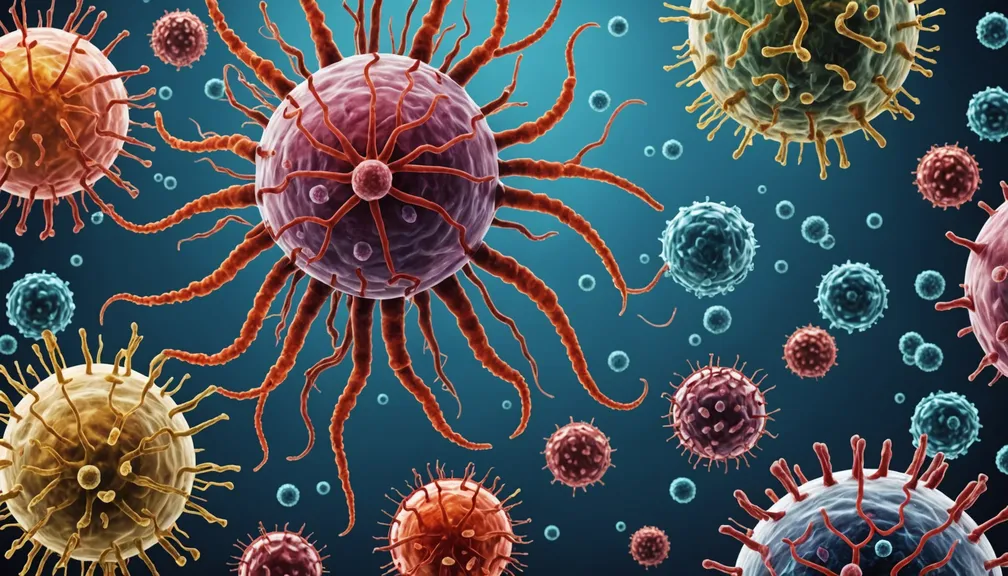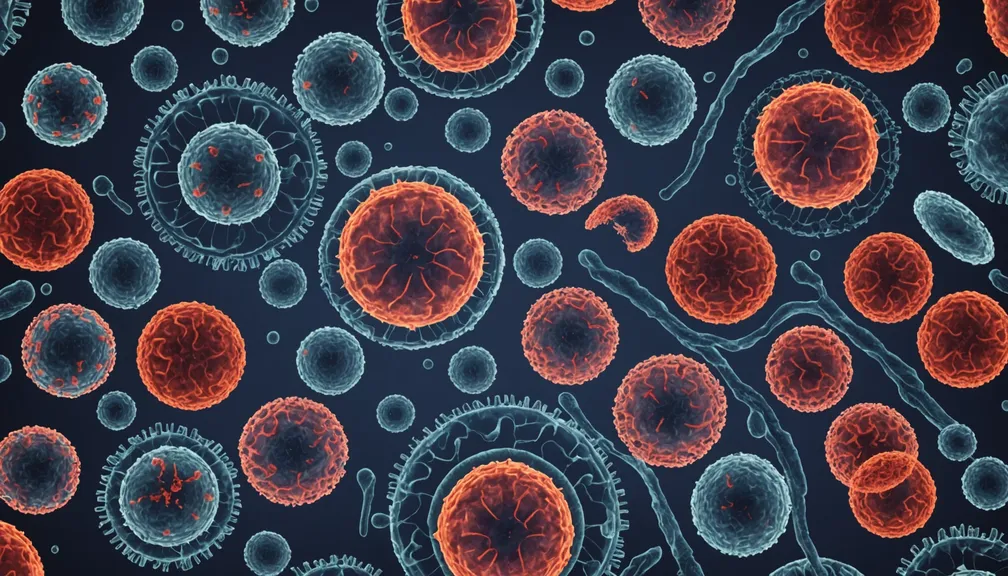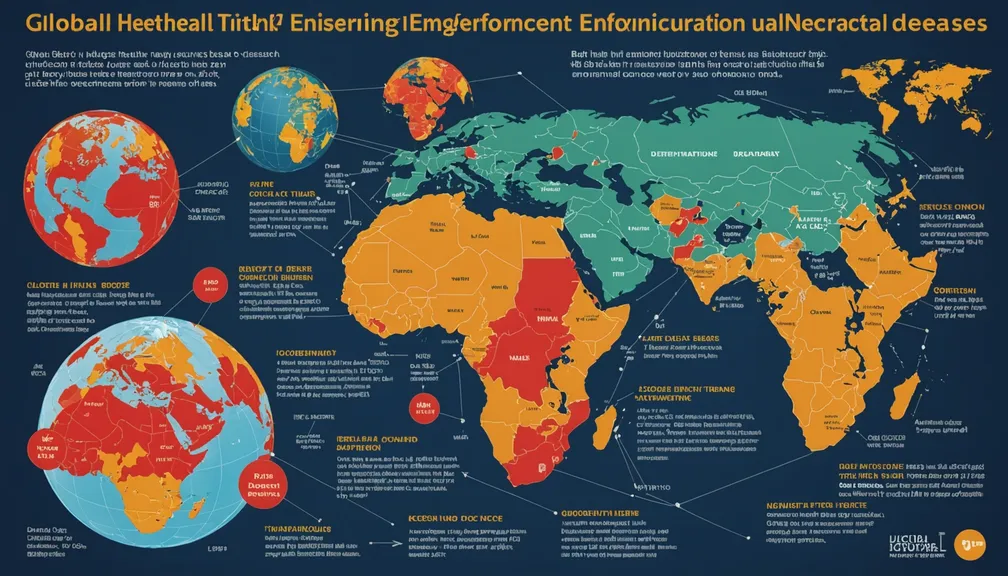Introduction to Infectious Diseases: Pathogens and Transmission
Understanding rare infectious diseases is crucial for effective prevention, diagnosis, and treatment. This lesson will help you grasp the basics of these uncommon illnesses, the agents that cause them, and how they are transmitted.
1. What Are Rare Infectious Diseases?
Rare infectious diseases are illnesses caused by uncommon pathogens—organisms that can invade the body and cause harm. These diseases may be challenging to diagnose and treat due to their rarity and the specialized knowledge required.
Common Examples:
- Prion Diseases: Affect the brain and nervous system.
- Zoonotic Infections: Transmitted from animals to humans, such as certain types of viral or bacterial infections.
2. Types of Pathogens Causing Rare Infectious Diseases
Understanding the different types of pathogens helps in recognizing how these diseases spread and how they can be treated.
a. Bacteria
Single-celled organisms that can cause diseases when they invade the body. - Examples: Burkholderia pseudomallei (Melioidosis), Mycobacterium leprae (Leprosy).
b. Viruses
Tiny particles that require a host to replicate. - Examples: Nipah virus, Ebola virus.
c. Fungi
Organisms that can cause infections, especially in individuals with weakened immune systems. - Examples: Coccidioides species (Valley Fever).
d. Parasites
Organisms that live on or inside a host, causing disease. - Examples: Toxoplasma gondii (Toxoplasmosis).
e. Prions
Misfolded proteins that cause degenerative diseases of the nervous system. - Examples: Creutzfeldt-Jakob disease.
3. How Rare Infectious Diseases Are Transmitted
Transmission refers to how a disease spreads from one person or organism to another.
a. Direct Transmission
Pathogens spread through direct contact between an infected individual and a healthy person. - Examples: Person-to-person contact, respiratory droplets.
b. Indirect Transmission
Pathogens spread through an intermediary object or organism. - Examples: Contaminated surfaces, insect vectors like mosquitoes.
c. Zoonotic Transmission
Diseases jump from animals to humans. - Examples: Handling infected animals, consuming contaminated animal products.
4. Symptoms and Diagnosis
Recognizing symptoms early can lead to timely treatment, which is essential for managing rare infectious diseases.
Common Symptoms:
- Fever and chills
- Persistent fatigue
- Unexplained weight loss
- Specific organ-related symptoms (e.g., neurological issues in prion diseases)
Diagnostic Methods:
- Laboratory Tests: Blood tests, cultures, PCR tests.
- Imaging: MRI or CT scans for neurological involvement.
- Biopsy: Tissue samples for definitive diagnosis in some cases.
5. Treatment and Management
Treatment varies depending on the pathogen and the disease's nature.
a. Antimicrobial Therapy
- Antibiotics: For bacterial infections.
- Antivirals: For viral infections.
- Antifungals: For fungal infections.
- Antiparasitics: For parasitic infections.
b. Supportive Care
- Hospitalization: In severe cases.
- Symptom Management: Managing fever, pain, and other symptoms.
c. Specialized Treatments
- Prion Diseases: Currently, no cure; focus is on supportive care.
6. Prevention and Precautions
Preventing rare infectious diseases involves understanding how they spread and taking appropriate measures.
a. Hygiene Practices
- Regular handwashing
- Using protective barriers (gloves, masks)
b. Safe Handling of Animals
- Properly cooking animal products
- Avoiding contact with wild or sick animals
c. Vaccinations
- Where available, staying up-to-date with recommended vaccines.
d. Environmental Controls
- Reducing exposure to vectors like insects.
- Ensuring clean water and food sources.
7. Support from Health Professionals
Managing a rare infectious disease often requires a team of specialized healthcare providers.
Types of Doctors and Health Professionals:
- Infectious Disease Specialists: Experts in diagnosing and treating infectious illnesses.
- Epidemiologists: Study disease patterns and transmission.
- Neurologists: For diseases affecting the nervous system, such as prion diseases.
- Microbiologists: Identify and study pathogens in the laboratory.
- Public Health Officials: Implement disease prevention strategies.
- Psychologists or Counselors: Provide support for coping with chronic illness.
- Pharmacists: Assist with managing medications and understanding treatments.
Additional Support Services:
- Support Groups: Connect with others facing similar challenges.
- Home Health Aides: Help with daily activities and medical needs.
- Nutritionists: Ensure a balanced diet to support overall health.
Understanding rare infectious diseases empowers patients and their loved ones to take informed steps towards prevention, early detection, and effective management. Always consult healthcare professionals if you suspect you or someone you know may be affected by a rare infectious disease.
